How to Help Save Sea Turtles: 16 Do’s and Don’ts
What’s an ocean themed blog WITHOUT a post about everyone’s favorite sea creature? Sea turtles, designated as threatened and endangered in the United States, need YOUR help to stay alive. Learn the do’s and don’ts on how to help save sea turtles!
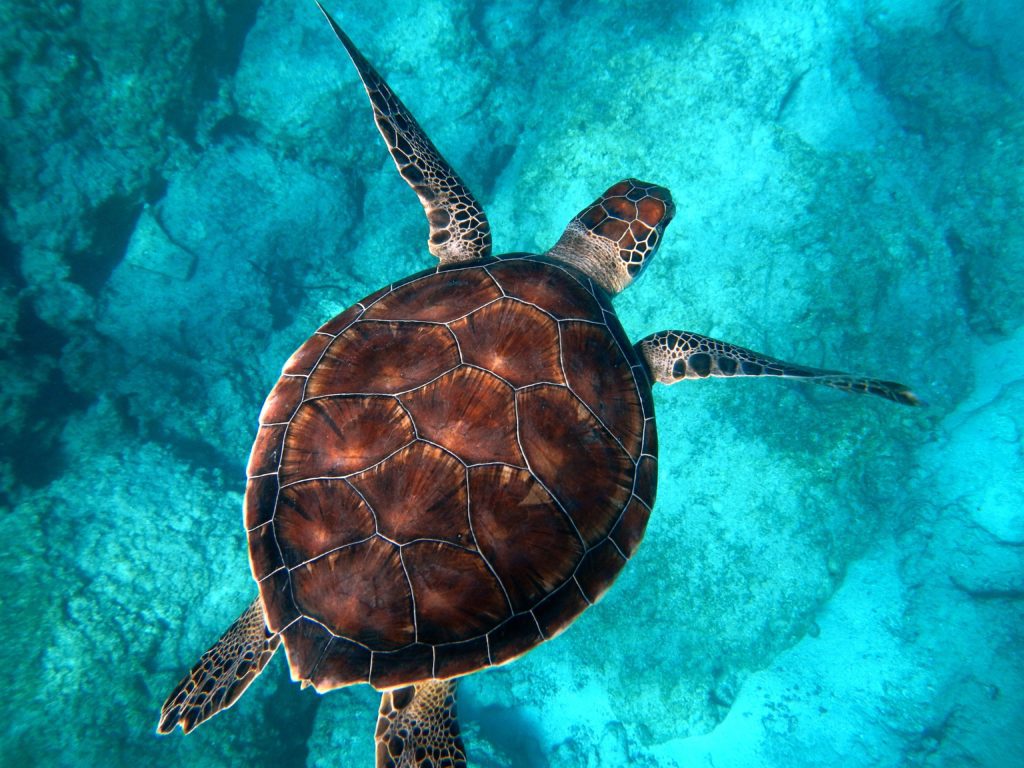
Sea turtles have a lot working against them out there so they need YOUR help to keep fighting the good fight. The best part about it is you don’t necessarily need to be on the front lines to do it! Believe it or not, some ways of helping can be done right at home. Although, many others can be done on the front lines and we highly suggest it!
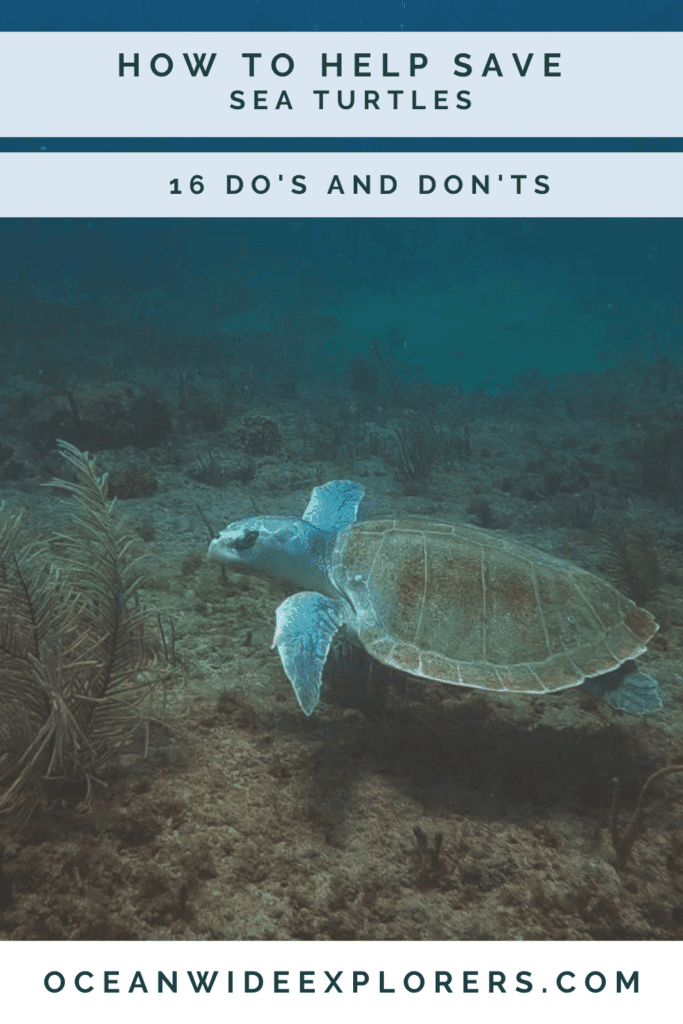
Simple at-home solutions to help save sea turtles:
Did you know you can help sea turtles from afar? Every one plays a part and these simple at-home solutions can make HUGE impacts!
DON’T use single-use items.
All sea turtles, despite species specific differences, LOVE to snack on jellyfish. You know what looks a lot like a jellyfish underwater? PLASTIC! Day after day, sea turtles end up dying due to plastic filled stomachs after mistakenly eating these single-use items.
What can be done? Unfortunately, even if you try to recycle, 91% of plastic is NOT recycled and inevitably ends up in the ocean, according to a report by National Geographic. Do YOUR part to help save sea turtles and ditch single-use items and turn to sustainable alternatives!
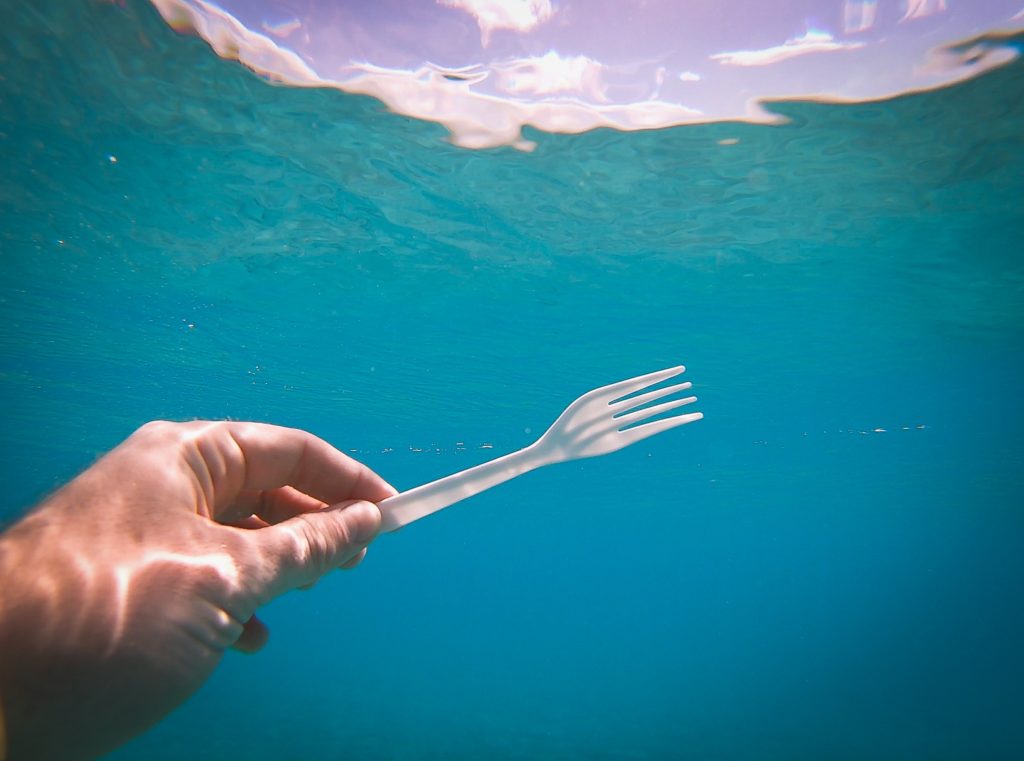
DO eat sustainable seafood.
VERY simply put, sustainable seafood has to deal with how the fish is caught (or farmed) and how that affects the environment at large. Some commercial fishing vessels will drag a trawl net through the ocean. Sure, they catch their desired fish, BUT they also catch many others (called bycatch) – sea turtles included.
Sadly, sea turtles have seen massive casualties due to these methods. What’s the solution? Eat sustainable seafood! In order for seafood to be deemed sustainable, it needs to have low amounts of bycatch when being fished. How do you know what’s sustainable? Stay tuned for our post on sustainable seafood, but for now, use the Seafood Watch tool to learn more!
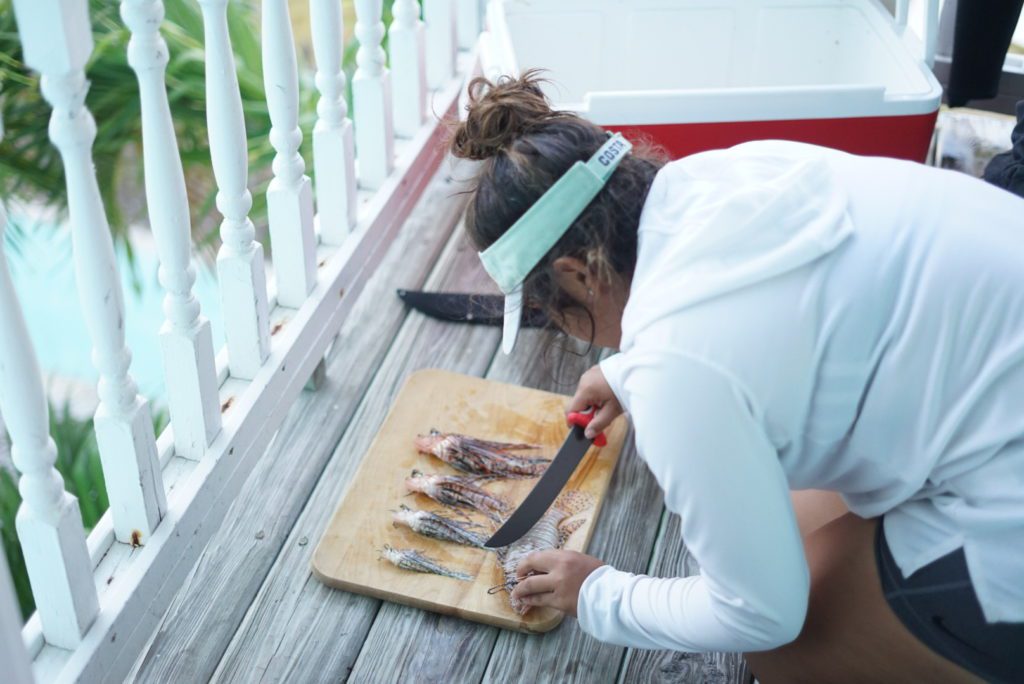
DON’T use balloons.
I’m sorry to burst your bubble (or balloon), but this is real. The realization never occurred to me until I did a beach clean up at Biscayne National Park and we found DOZENS of deflated birthday, wedding, and (insert your occasion here) balloons on one small stretch of sand.
When you let go of a helium-filled balloon, where do you think it eventually goes? The ocean, of course! So when it comes to that special occasion, use bubbles, flags, banners, ANYTHING instead of balloons! Sea turtles AND the ocean depend on it!
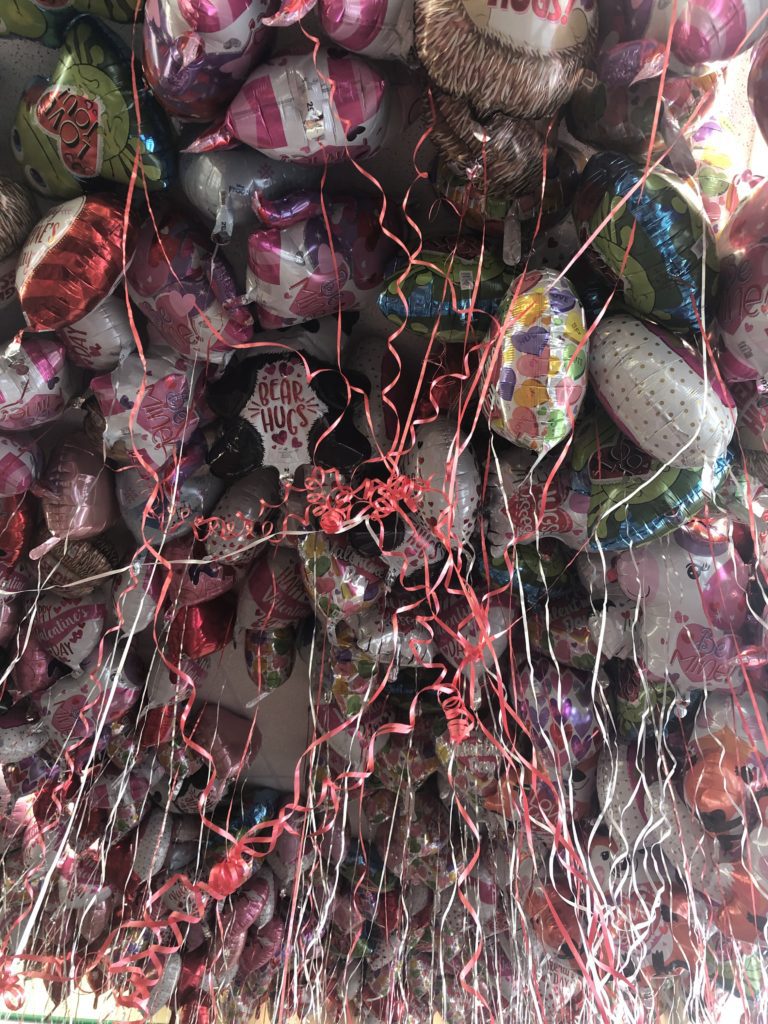
Easy at-the-beach solutions to help save sea turtles:
Now we’re getting to the front lines. Solutions at the beach are just as important as home, if not more so. Even if your beach isn’t a sea turtle area, all of our oceans are connected and what happens at one beach, will surely make its way to another.
DON’T disturb nesting sea turtles, nests, or hatchlings.
Sea turtles are on the beach for two reasons and two reasons only: to nest and to hatch. Many times, this may occur on populated areas on the beach. PLEASE, do not disturb these occurrences.
A female sea turtle lays, on average, 110 eggs per nest, multiple times per season (March through October). Many organizations where sea turtles nest will rope off nesting sites to help protect the eggs. Meaning, it is illegal AND harmful to enter or tamper with the nesting site.
Taking pictures, picking up, or simply touching a sea turtle, nest, or hatchling can have detrimental effects on the animal. Be a responsible beach-goer and remember to respect the wildlife!
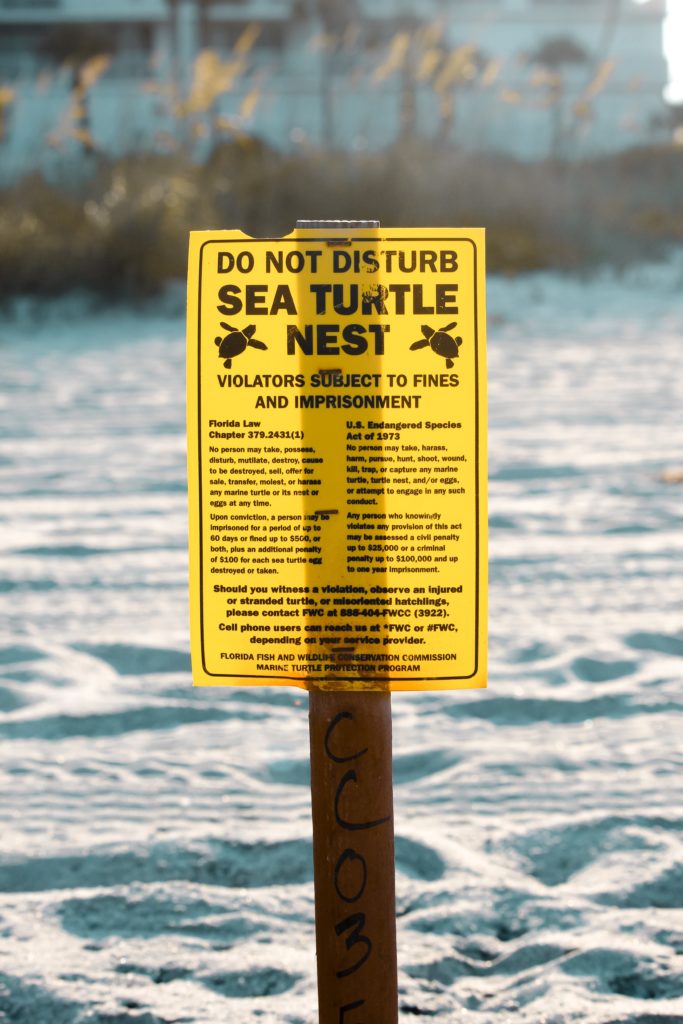
DO knock down sand castles, fill in holes, and remove beach chairs when you’re done.
We ALL love to play in the sand. However, a big obstacle for sea turtles as they come ashore to nest are sand castles, holes, and beach chairs. To much surprise, maneuvering on land isn’t exactly the easiest thing in the world for ocean critters.
Sea turtles come back to the same beach they were born to lay their eggs. As these beaches develop into parks and resorts, beach-goers and beach fixtures can present huge problems for the ocean dwelling reptiles. Sand castles, holes, and chairs create a massive obstruction, causing the turtle to turn around and not lay their eggs.
An easy solution is to fill in your holes, knock down your sand castles, and pack up your beach chairs. The thousands of baby turtles will appreciate your efforts!
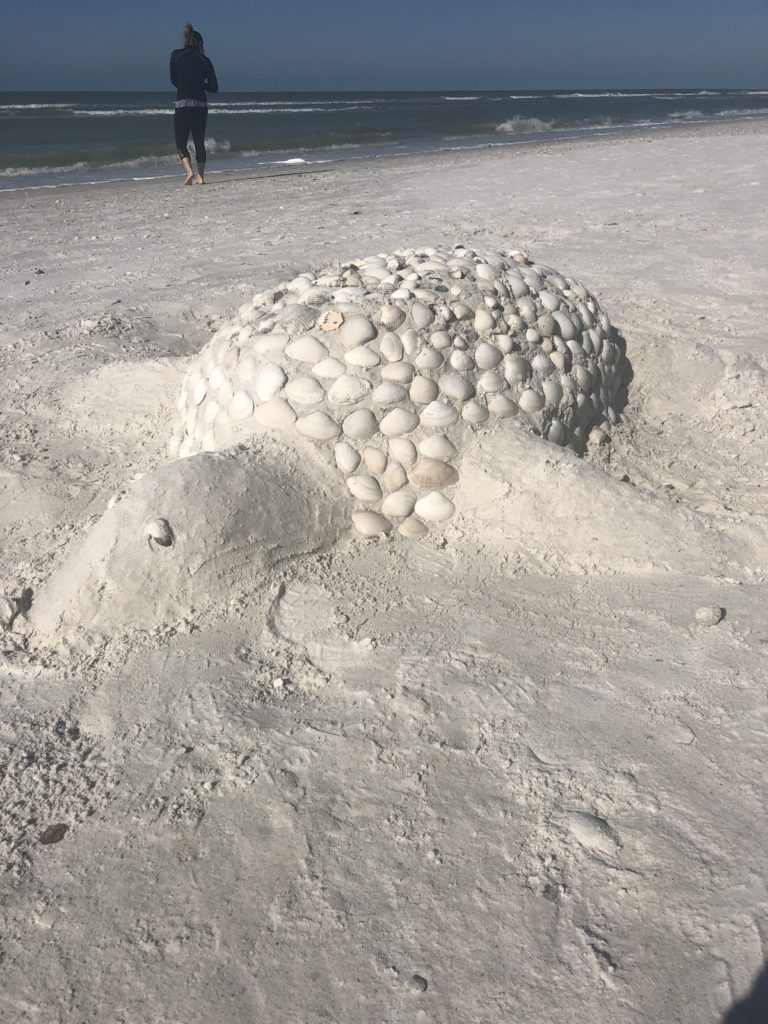
DON’T use harmful lighting.
What does that even mean? Well, sea turtles nest at night and instinctively use moonlight to navigate. What hinders natural moonlight? Phone lights, bright flashlights, and house lights!
Believe it or not, there is actually such a thing as turtle safe lighting. Normal bulbs produce a bright light that hinder a turtle’s natural ability to navigate a beach. They become disoriented and turn around before nesting. That’s why turtles don’t usually nest along busy beach strips.
If combing the beach at night, make sure to use a headlamp with turtle safe lighting (usually red). I’ve used PETZL headlamps for camping, backpacking, and beach combing. They make durable products with a red light setting that’s ready for any sea turtle encounter!
DO contact your local sea turtle authority if you see an injured or sick sea turtle.
Sometimes beach-goers, divers, or boaters will come across a sick or injured sea turtle. As an average citizen, you may not know what to do or who to contact…
Thankfully, most sea turtle heavy areas have local authorities that handle such situations. Before you go boating or diving in a new area, be sure to have the contact information for the proper authorities.
Many sea turtles who have been sick or injured can be rehabilitated and put back into the wild. If all else fails, they can still serve a meaningful life as ambassadors to environmental education, like Captain at the Marine Environmental Education Center!
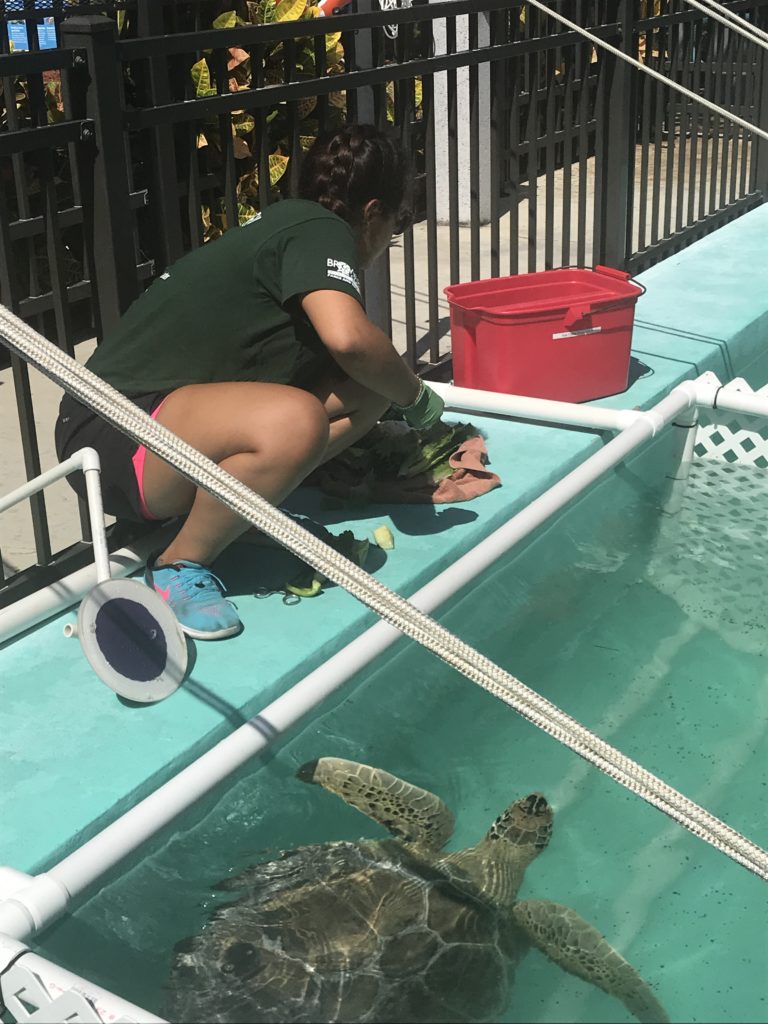
DON’T abandon fishing gear.
A study conducted by The Ocean Cleanup found that 46% of the Great Pacific Garbage Patch, a trash accumulation the size of Texas in the Pacific Ocean, was fishing gear! Sea turtles face enough adversity as it is, let’s not complicate things by leaving nets and line in the ocean.
Fishing gear tangles, chokes, and eventually turns fatal to many marine life, sea turtles included. Do YOUR part by disposing of your fishing gear properly. Most ocean communities have been adding designated fishing line recycling bins on piers, docks, and beaches. Let’s put them to use!
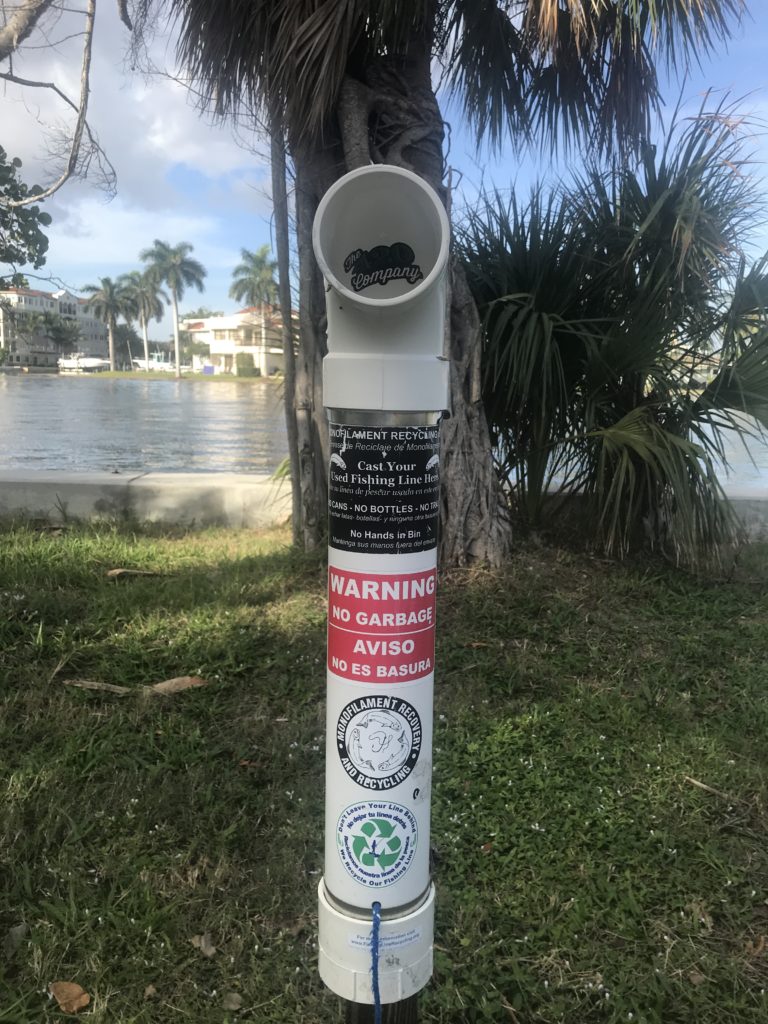
DO have an eco-friendly beach day!
We all love spending days on the beach. However, no perfect beach day is complete if it’s not an Eco-friendly beach day! Everyone’s doing it and it ultimately helps sea turtle populations. You should try it out!
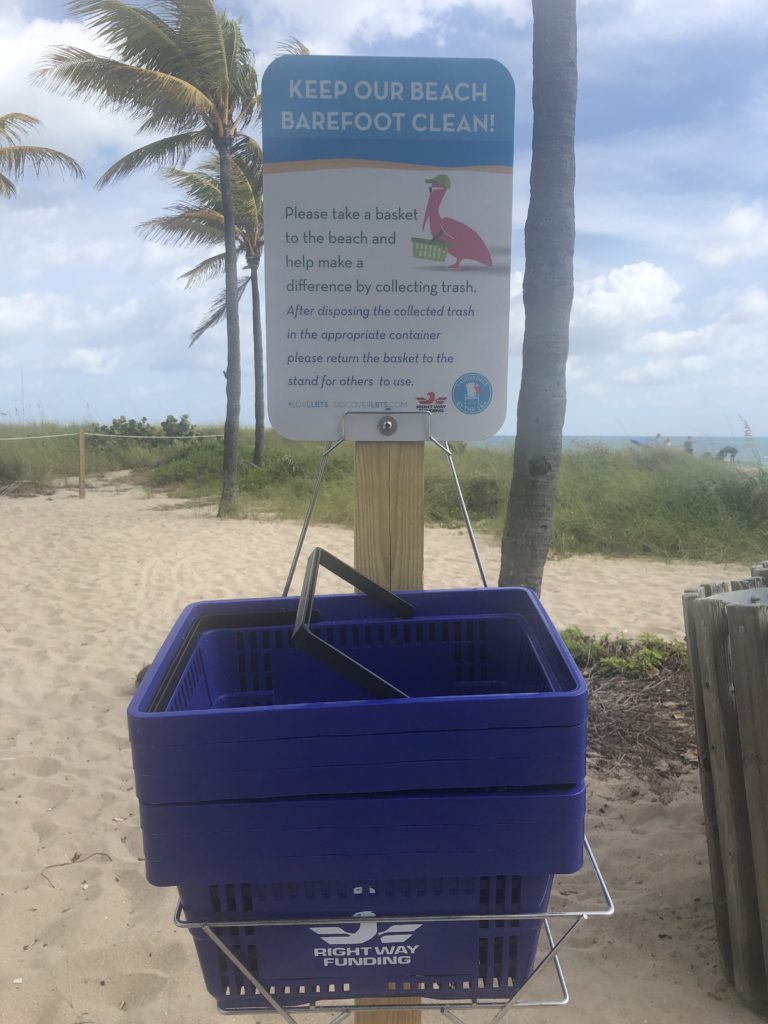
DON’T feed or touch sea turtles.
Working as a mate on a dive boat down in the Florida Keys, I never thought I’d ACTUALLY have to tell someone this…
Going to the same dive sites day in and day out, I grew fond of a resident sea turtle on one of the coral reefs. I named him/her, (it’s hard to tell until they’re 20+ years of age) Bertle the Turtle. One day, I couldn’t believe my eyes when I saw a neighboring snorkeler trying to RIDE poor Bertle.
Now, it doesn’t take a genius to know how harmful and dangerous that could be for the person, much less the ENDANGERED SPECIES. After respectfully educating them on sea turtles and the law, they let Bertle go. Thankfully, Bertle was happily swimming around for weeks to come!
Remember, give sea turtles plenty of space on land and water. Don’t feed marine life (sea turtles are NOT accustomed to people food), and for the love of God, DON’T try to RIDE them! *face palm*
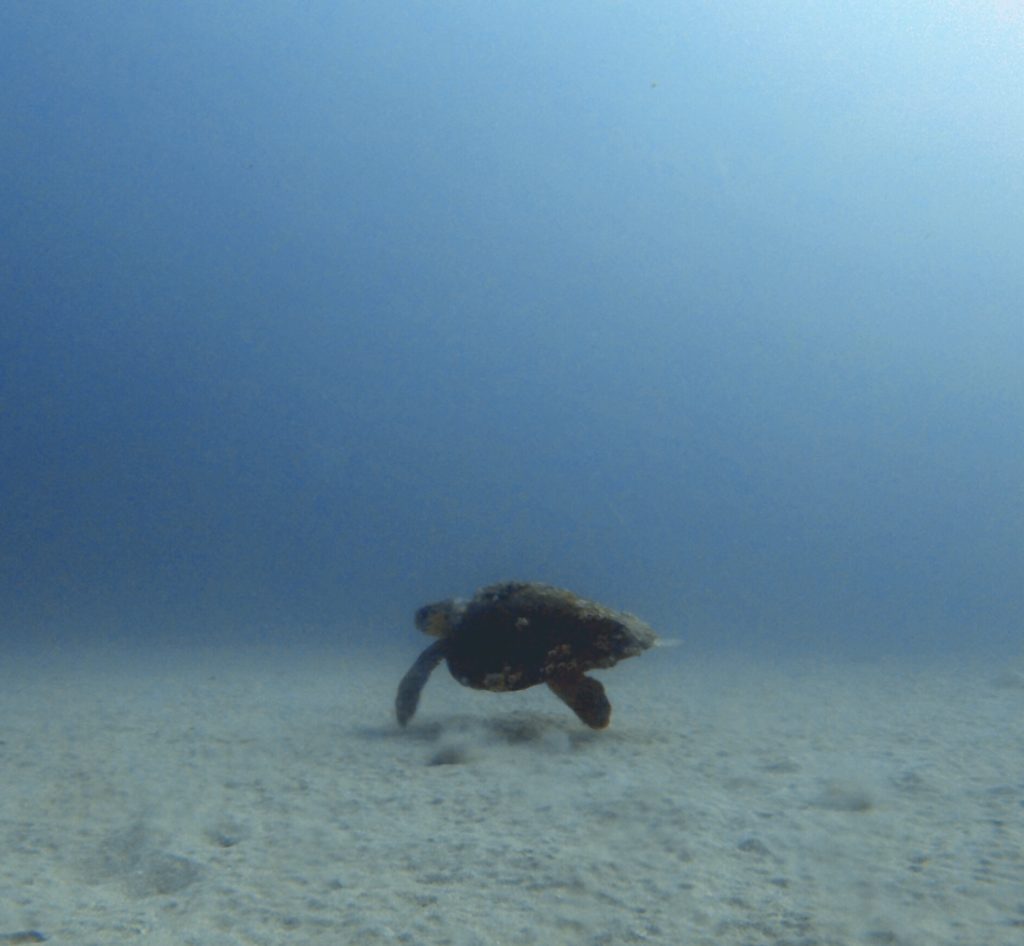
Quick reminders to help sea turtles while boating:
Sea turtles are everywhere in the water, with some traveling hundreds of miles between nesting and feeding grounds. Typically, they stay in a warmer climate but you never know.
Sea turtles will start appearing closer to shore between the months of March and October due to nesting season. Be on the look out at all times!
DO wear polarized glasses.
It’s quick, it’s easy, and it makes spotting sea turtles (among other prop damaging items) from the surface WAY easier. We LOVE Costa’s. They’re by far the trendiest brand on the market as they look good, are comfortable, and work GREAT. They even make ones from recycled ocean plastic!
DO have a spotter.
Renting a boat on vacation? Seasoned veteran? Well, it’s back to basics with Boating 101. It’s important you have multiple people aboard your boat to look out for hazards and sea turtles. A blow from a boat propeller can be fatal or permanently alter a sea turtle’s life.
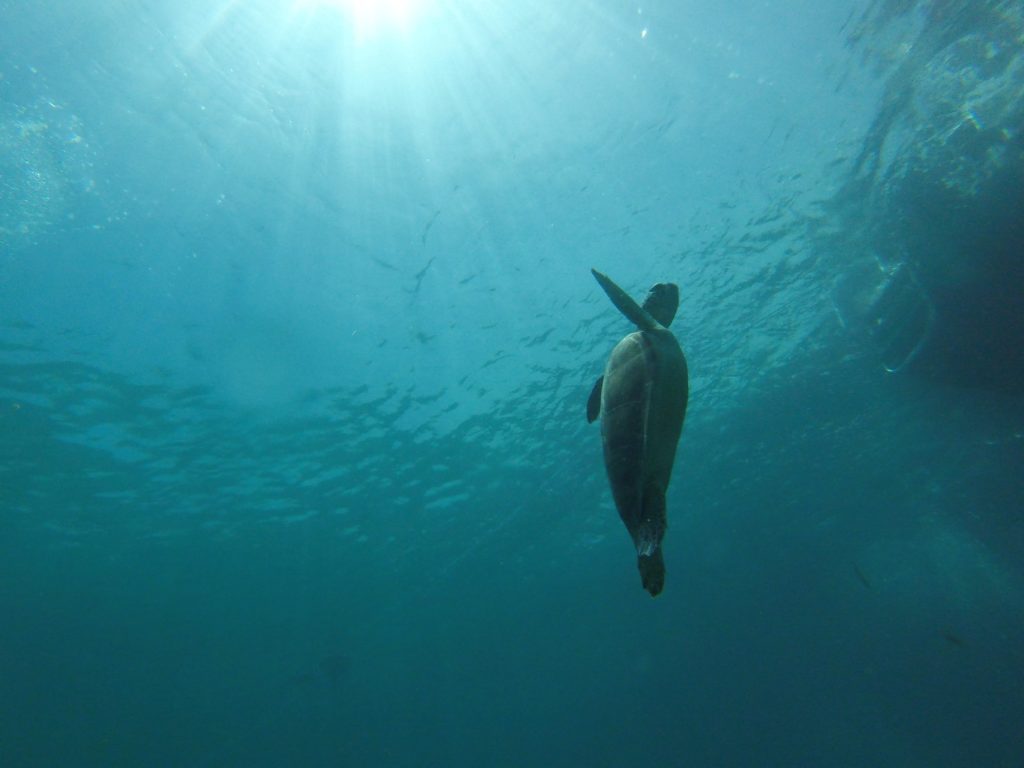
More active solutions to help save sea turtles:
If you want to do more, these solutions may provide you with the ‘roll up your sleeves’ kind of work you’re looking for!
DO participate in marine debris removal programs.
Marine debris can be devastating for sea turtles. Sadly, all it takes is one piece of trash for a sea turtle to choke. Fortunately, many ocean conservation organizations have marine debris removal initiatives you can get involved with or donate to.
Additionally, who’s stopping you from grabbing a bucket and picking up some marine debris yourself while visiting the beach? We bring our handy 5-gallon bucket every time we go! Try it out too!

DO get involved with local sea turtle conservation efforts.
Sea turtle conservation efforts everywhere need volunteer help. Florida’s Atlantic coast has a bunch of them and many more exist internationally. Duties include beach combing at night for nesting turtles, protecting nests, helping hatchlings, and educating the public.
In the United States, it is ILLEGAL to handle sea turtles without the proper permit and training. Volunteering for some of these organizations would give you the opportunity to get hands-on experience! Pretty cool if you ask me!
DO visit and support rehab centers.
When sea turtles are sick and injured they can be transported to rehabilitation centers. Along the length of the US Atlantic coast, many centers do a lot of good work to help these animals. Once they’re fully healthy, turtles are released back into the wild for another chance at life! Check to see if you’re near a center and go and visit! Your trip will help contribute to some great efforts!

DO seek more education.
Knowing what to do when encountering a sea turtle, whether it be on the beach or in the water, could be a matter of life and death for the marine reptile. Simply educating yourself and others about the importance of sea turtles, threats they face, and conservation efforts can make an incredible difference!
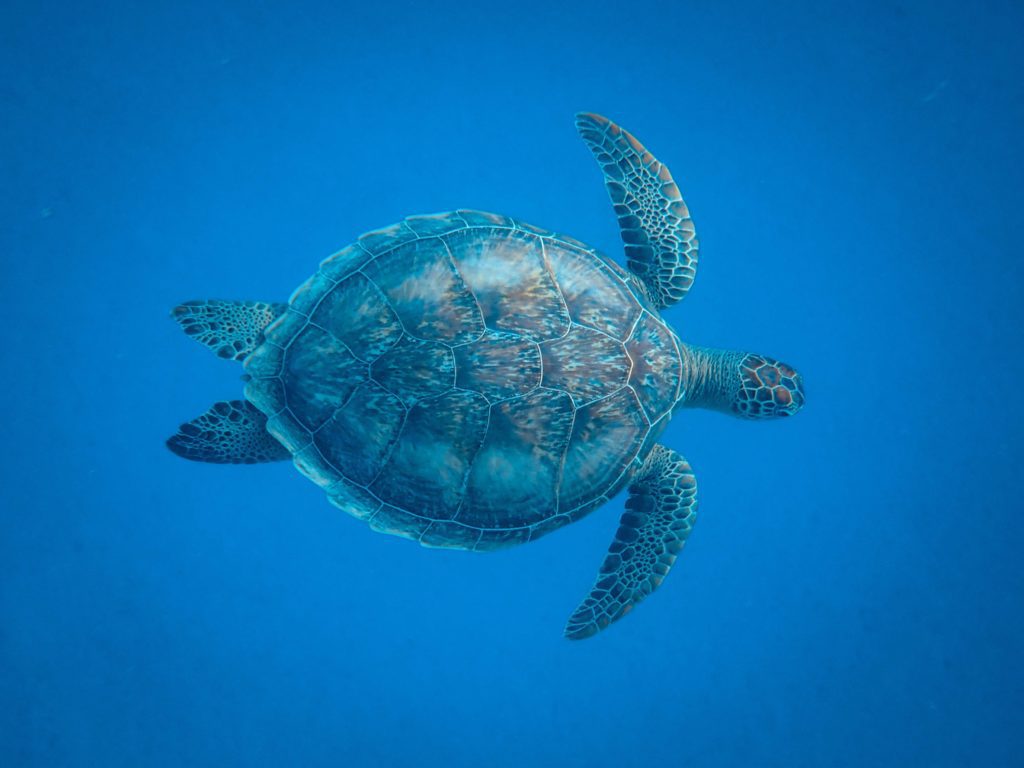
What else can we do to help sea turtles?
The possibilities are endless. It’s crazy to think something as simple as refusing a single-use plastic item can make such a big impact! What else can we do to help their cause? Leave a comment below or contact us to let us know!
Enjoy this Post? Pin it!

Read More About Marine Life in Florida
We hope you enjoyed our post on how to help save sea turtles. Hopefully you’ll find it useful on your next adventure! Here are a few more ocean-loving articles we think you should read next:
- Meet the Sea Turtles of Florida
- 5+ Resources for Marine Life ID in Florida
- 14 Ways to Have an Eco friendly Beach Day
- 13 Tips on How to Respect Marine Life
Know any other ways to help save sea turtles? Leave a comment below and let us know!

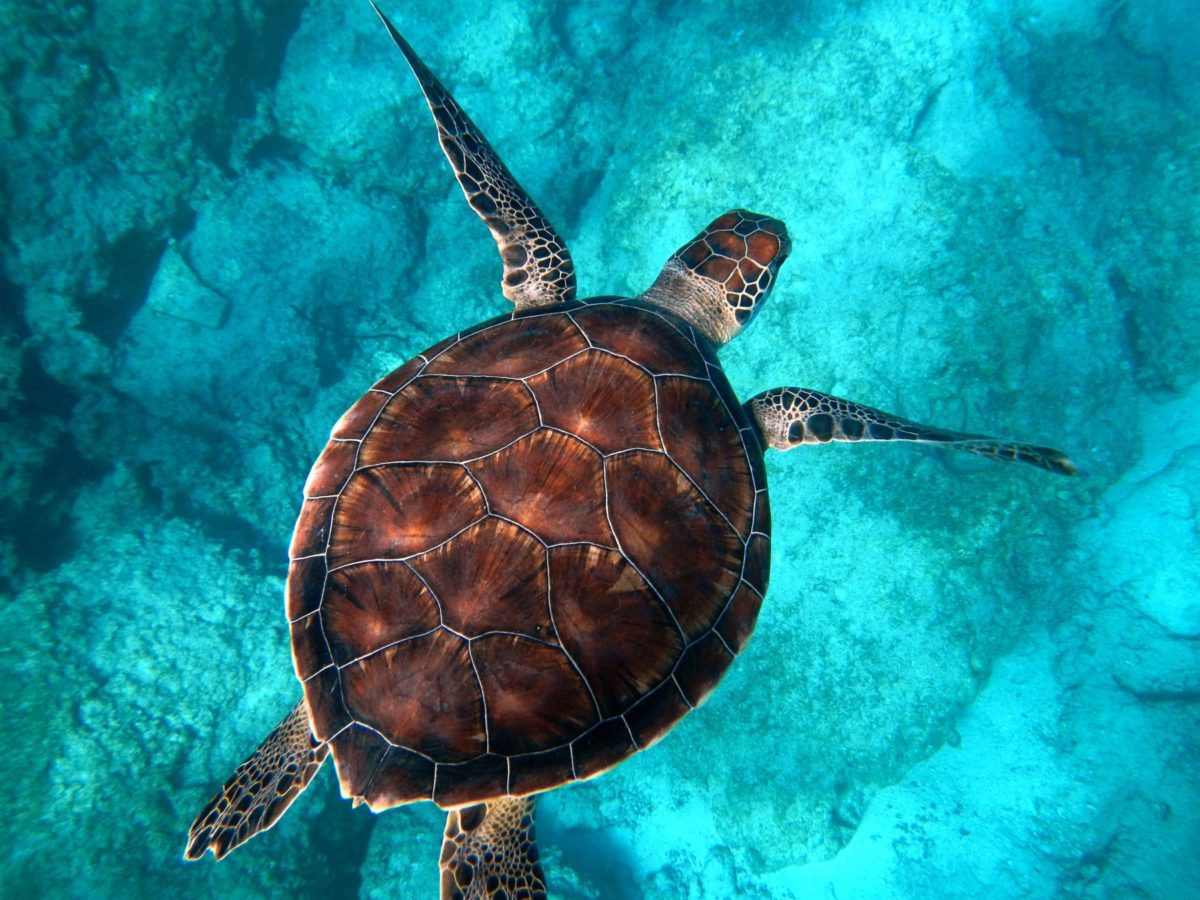
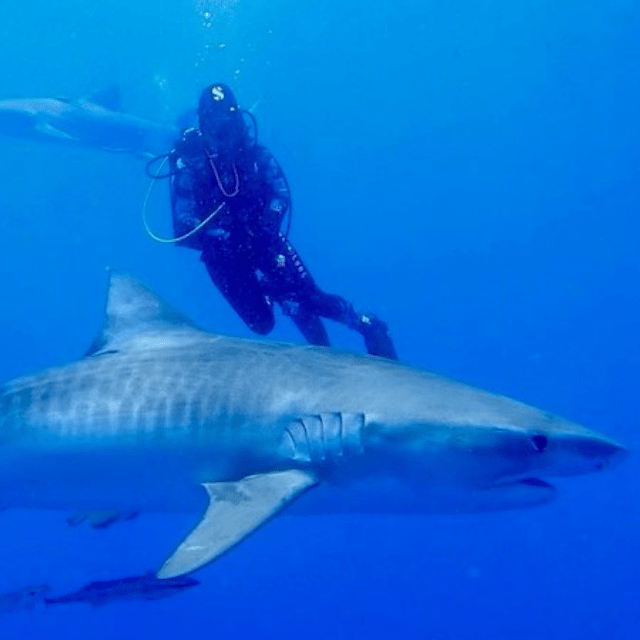
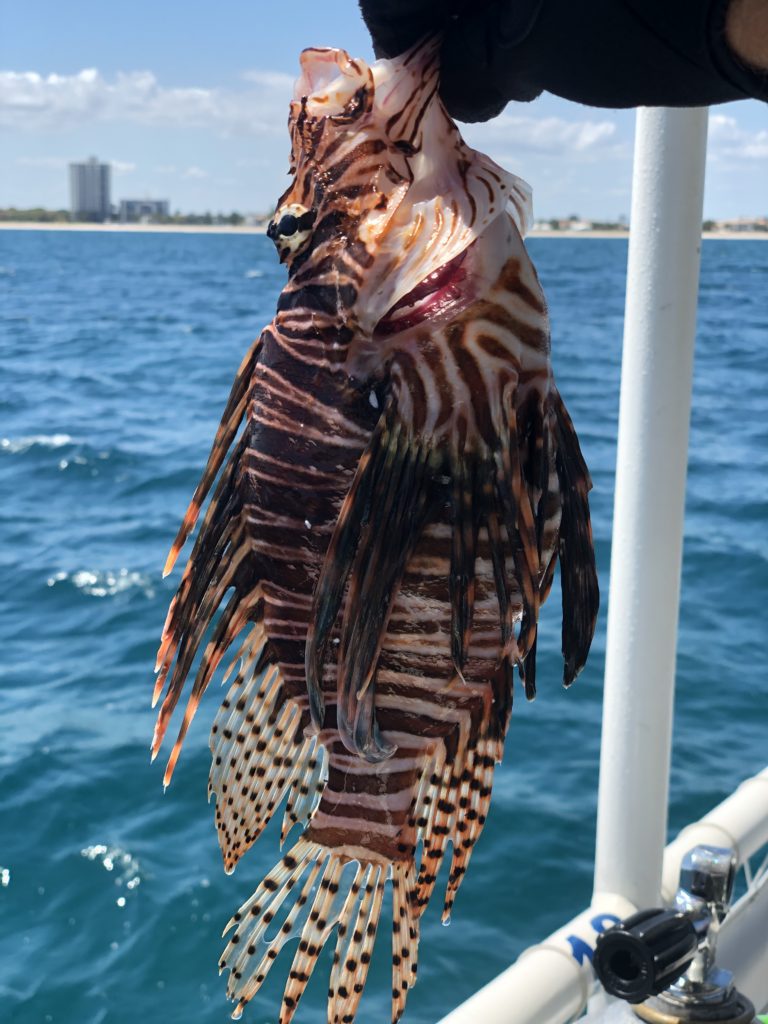
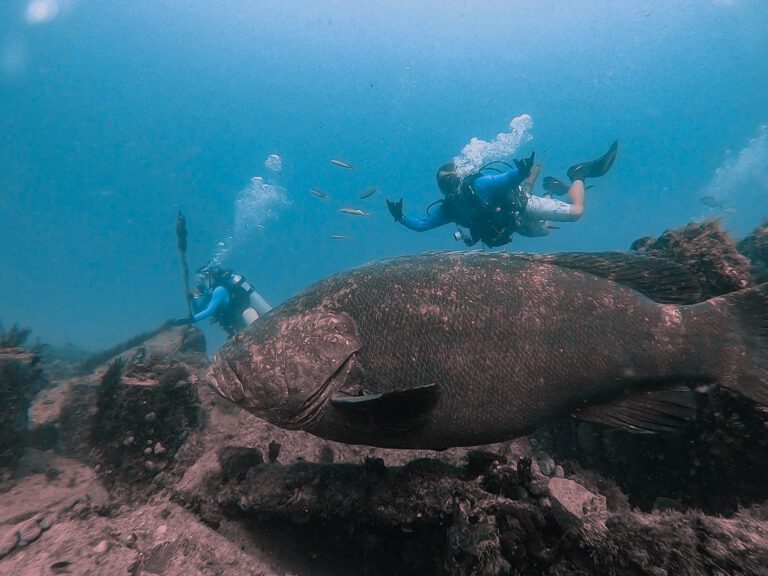
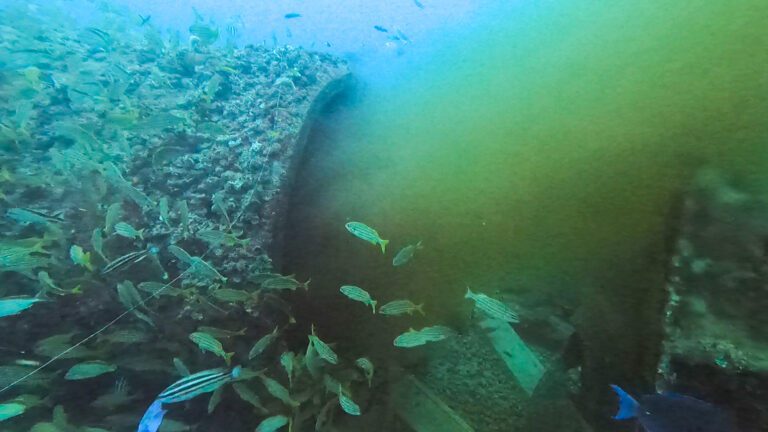
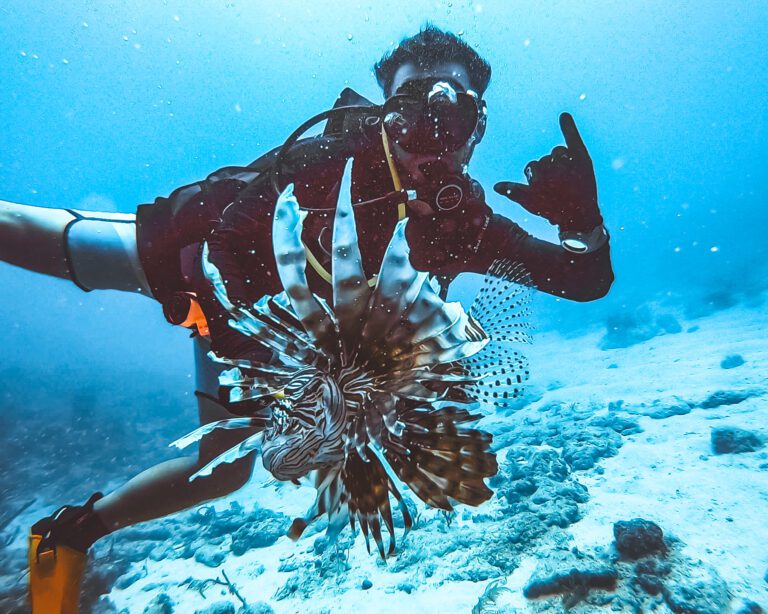
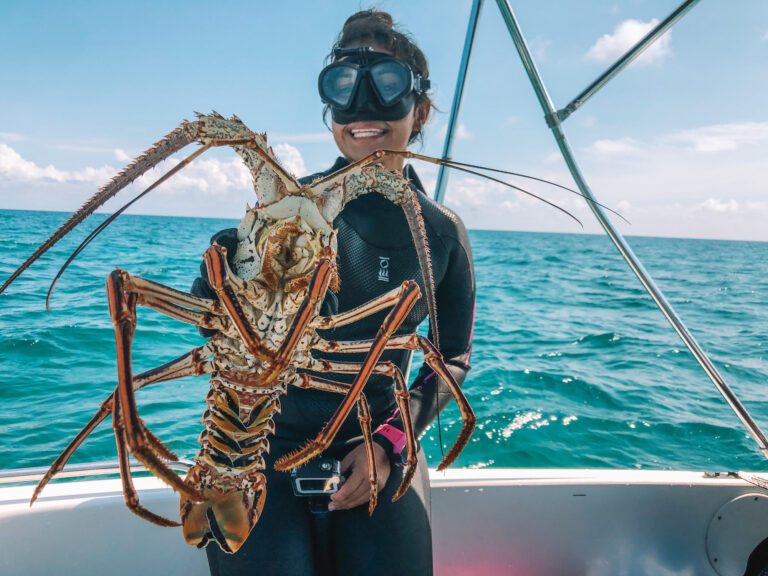
One Comment